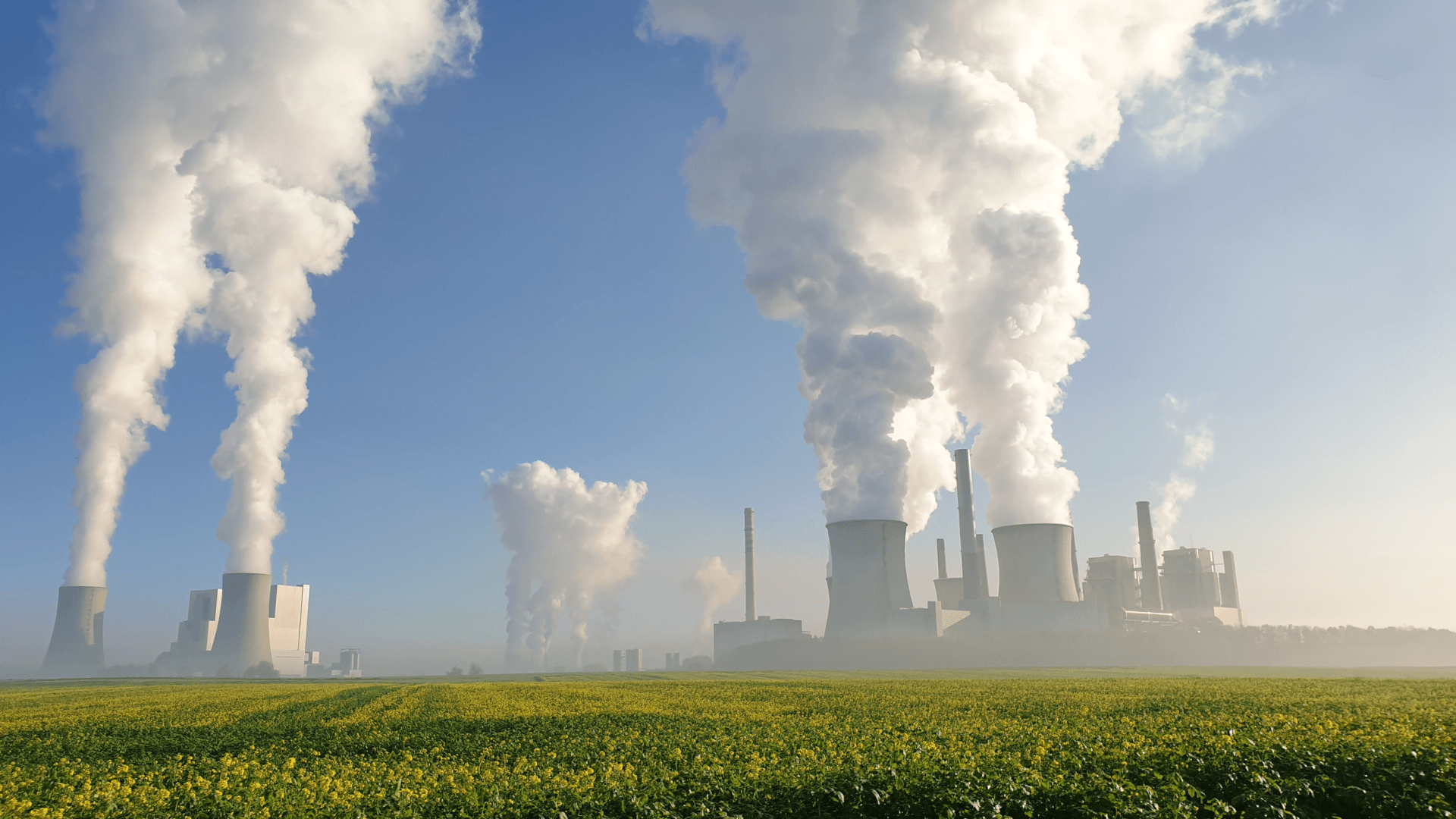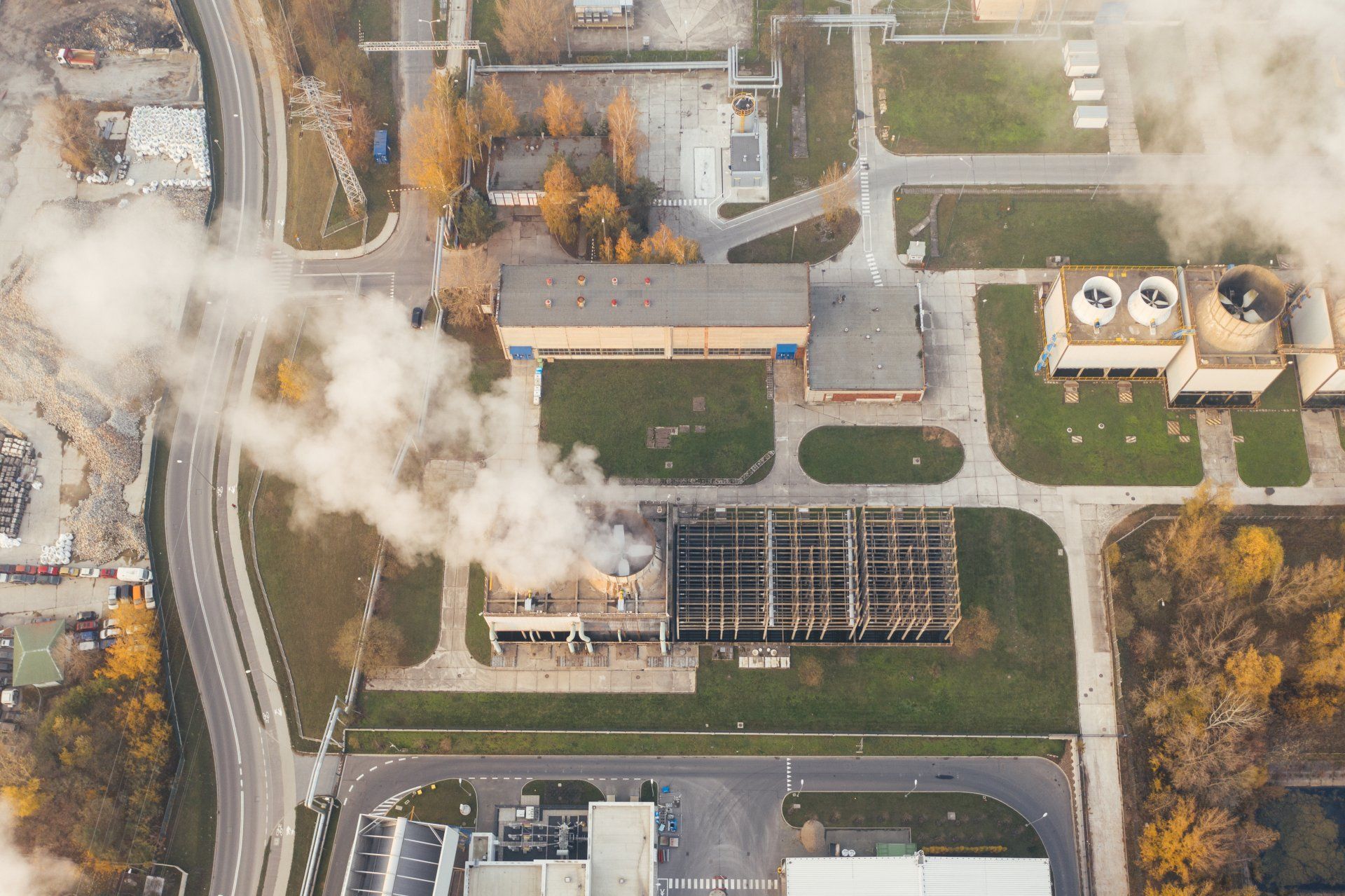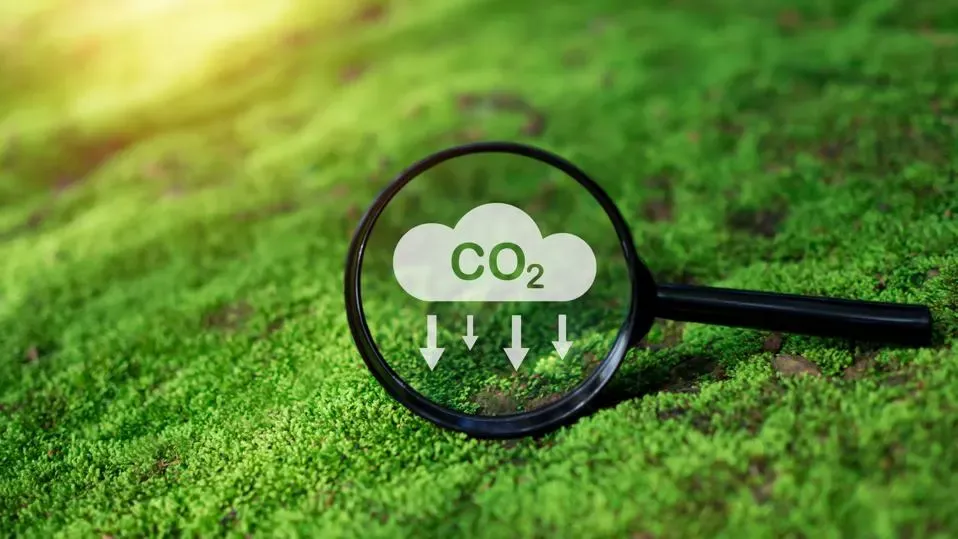Follow Us
Join our newsletter
We will get back to you as soon as possible
Please try again later
Energy Transition & Carbon Capture
Carbon
Capture
VVC remains committed to facilitating the global energy transition through a strategic investment in Proton Green, not only one of the largest potential helium producers in North America, but one of the largest potential carbon sequestration hubs in the world.
Why Carbon Capture
Check out some of the carbon capture insights below:

What's Carbon Capture
Carbon dioxide is the most commonly produced greenhouse gas. Carbon capture is the process of capturing and storing atmospheric carbon dioxide. It is one method of reducing the amount of carbon dioxide in the atmosphere with the goal of reducing global climate change.
Carbon Capture Market
The carbon capture and sequestration market is relatively new yet increasingly popular. Oil, gas and practically any other company that emits carbon into the atmosphere are looking to purchase these carbon offsets. Large corporations are looking to purchase carbon offsets from carbon sequestration companies in order to help reduce their carbon footprints and meet environmental targets.
Stored CO2
Stored in carbon sinks, such as oceans, forests or soils or underground injection and geological sequestration into deep underground rock formations.
Captured CO2 Uses
Captured CO2 can be used to produce certain types of concrete, plastic, and textiles, things that are still in demand for production but could be built from captured CO2.
Get VVC News Alerts straight to your inbox
Contact Us
Thank you for signing up!
You will get VVC news alerts straight to your inbox.
Please try again later.
Energy Transition/Carbon Capture News & Updates



Contact
info@vvcresources.com
2369 Kingston Road, PO Box 28059 Terry Town, Scarborough, ON M1N 4E7 Canada
About
Projects
Sign up to receive updates on VVC announcements, launches, and opportunities.
Contact Us
Thank you for signing up!
You will receive VVC updates straight to your inbox.
Please try again later.




